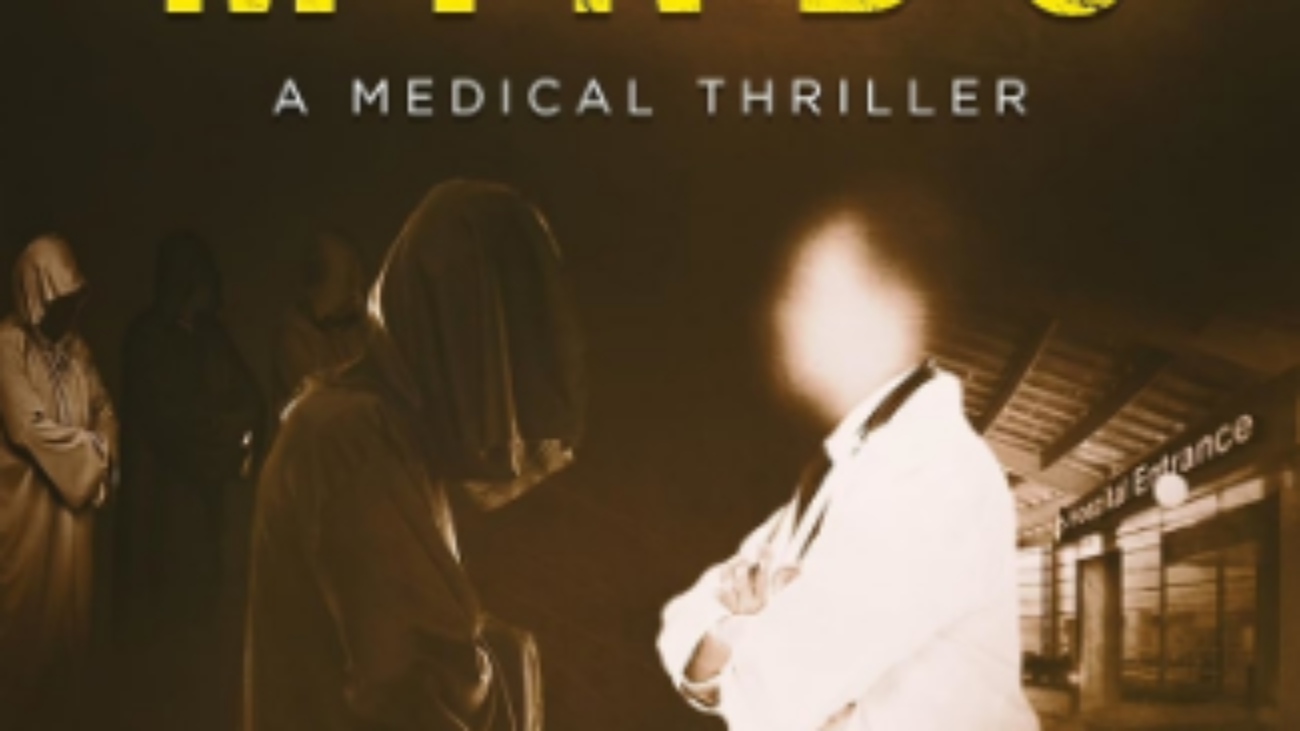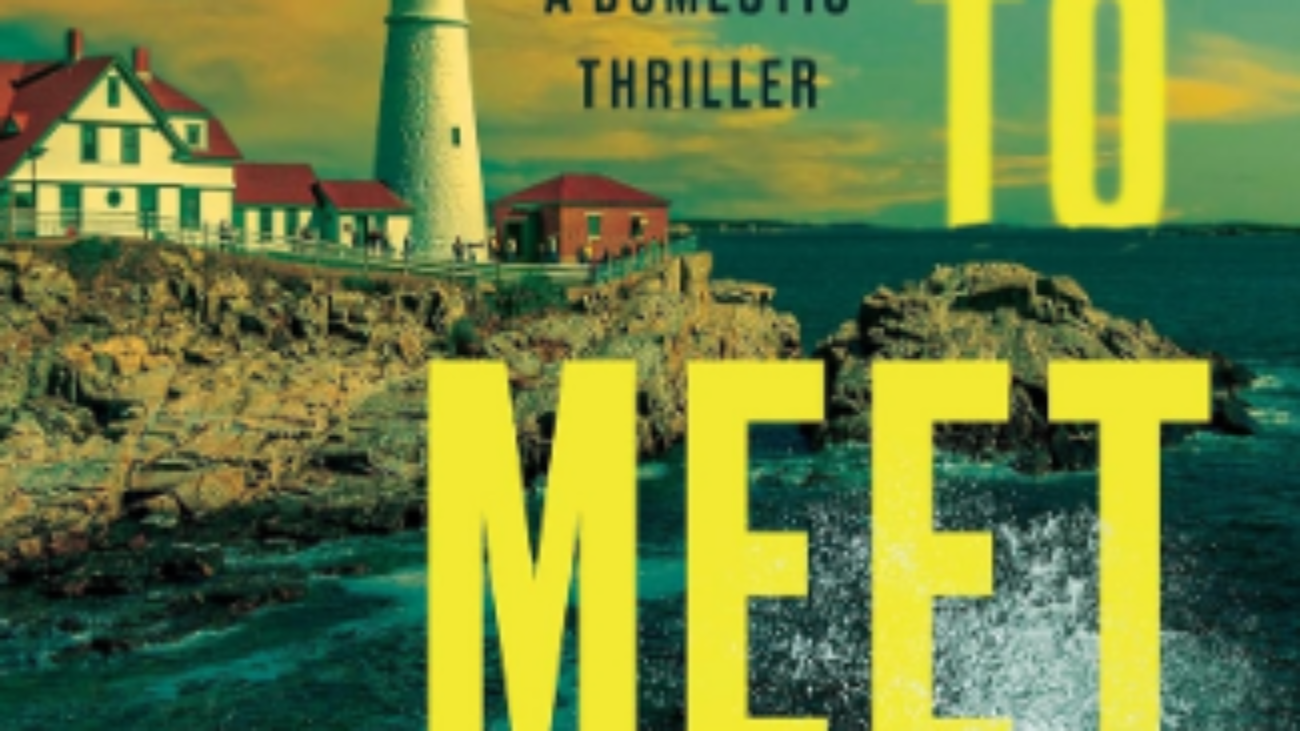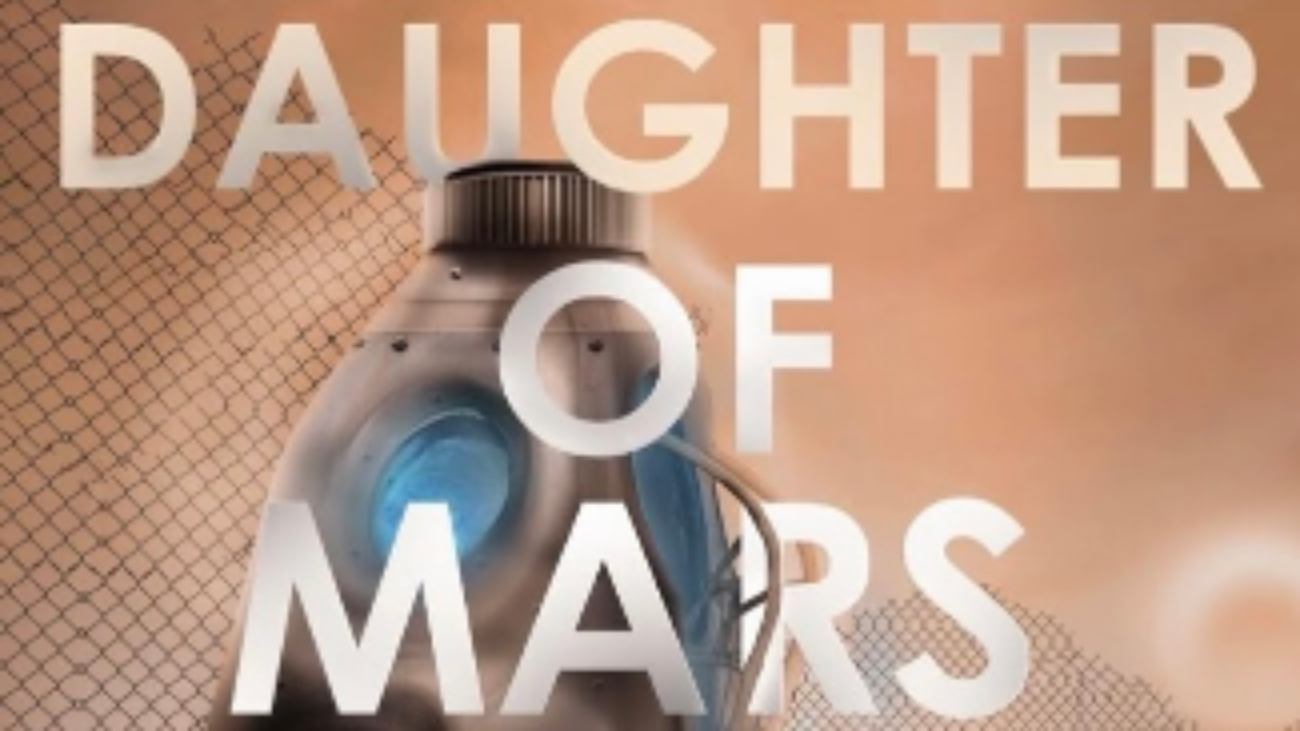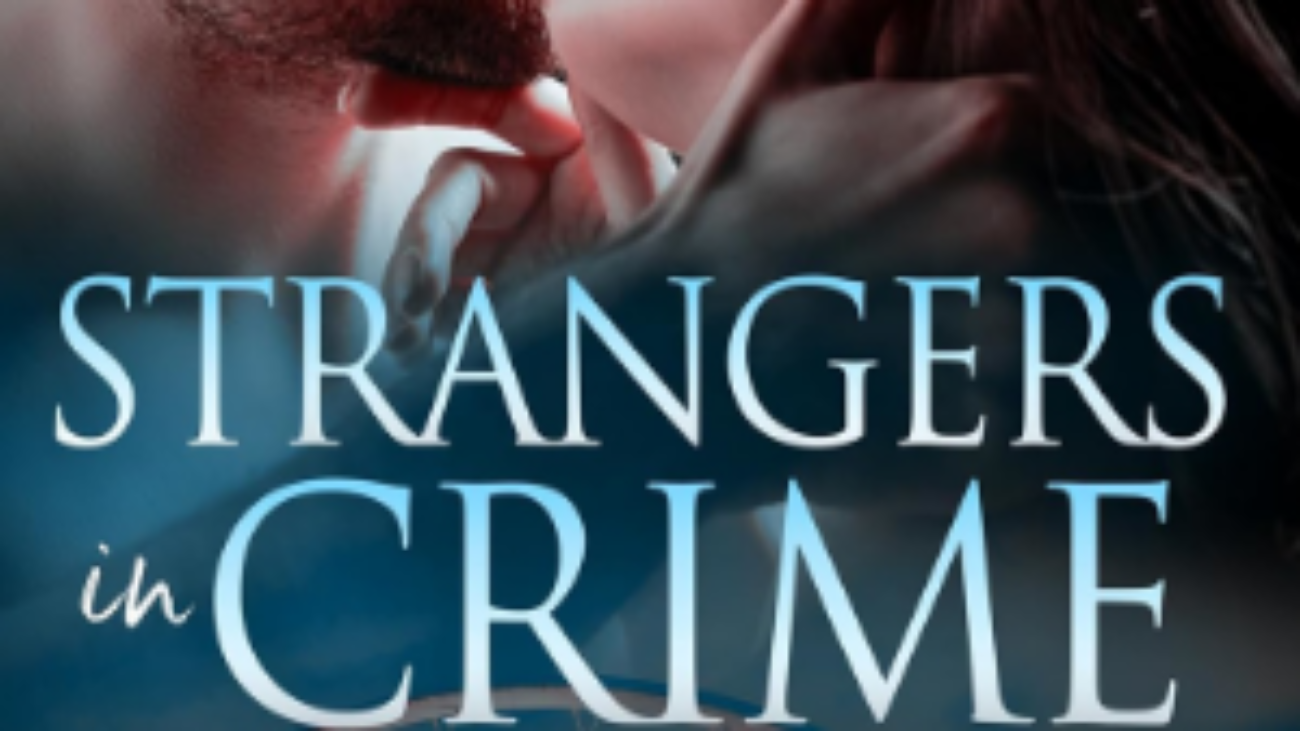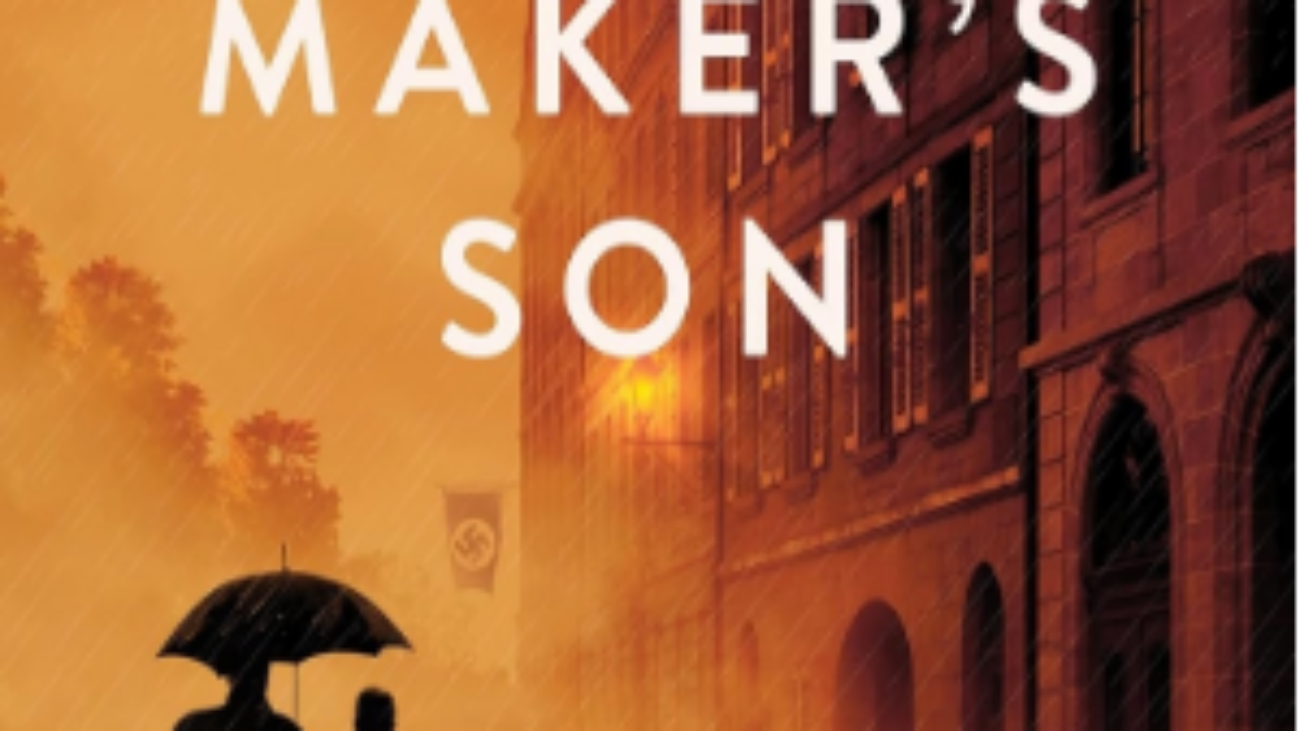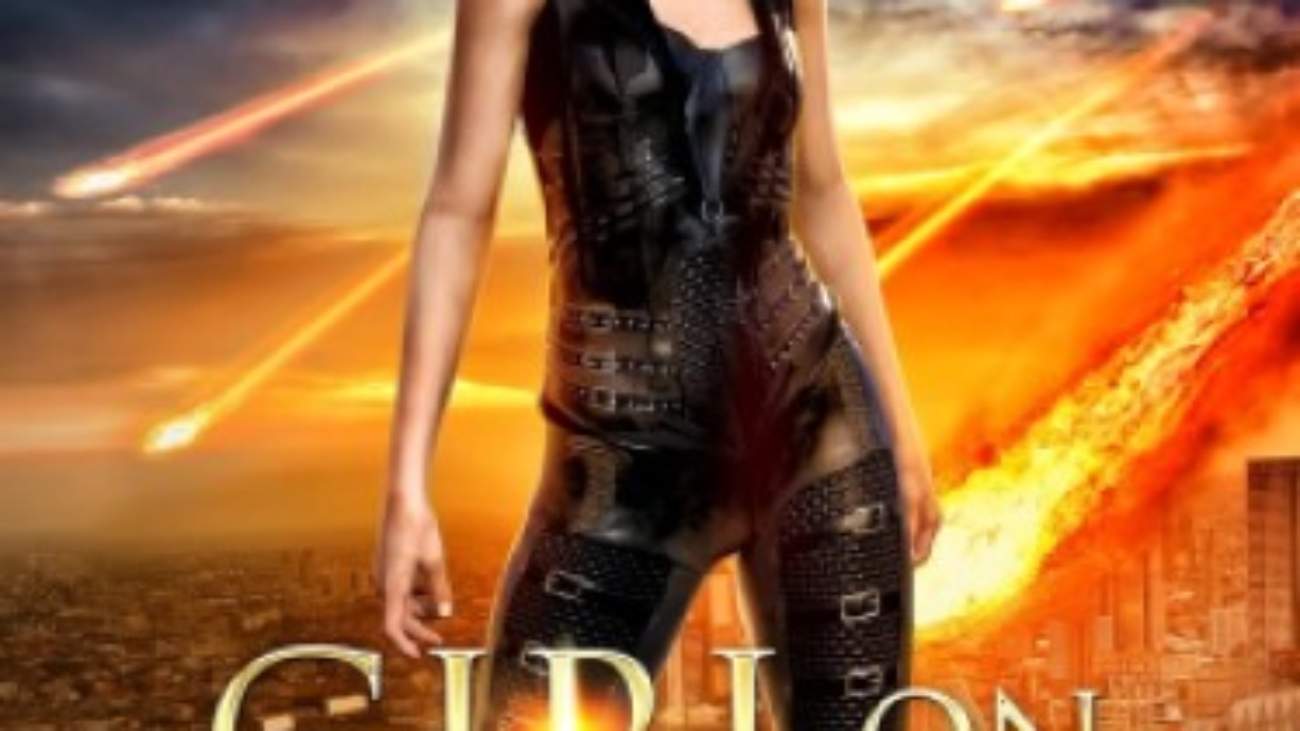Reviewed by Timea Barabas
Toxic Minds is an intoxicating medical thriller by Anthony Lee and the second installment in the compelling saga of Dr. Mark Lin, following the success of Doctor Lucifer. Although part of a series, each novel stands strong on its own, delivering a thrilling experience. And the story doesn’t stop here… book three is already in the works. Purchase Here.
This action-packed thriller follows Dr. Mark Lin as he’s drawn into the dark heart of a blooming health cult with a dangerous political agenda: to erase institutionalized medicine. Mark’s crime-busting endeavors are triggered by a single, chilling phone call from a former patient waiting for her OB/GYN appointment. As Mark listens, he becomes an unwitting witness to a chain of chaotic events that culminate in a suicide bombing at the clinic.
The tragedy casts a dark shadow over Mark from which he is unable to escape. Shortly after, he starts treating an increasing number of patients with unusual conditions. They all have one thing in common, a deep distrust of medicine and doctors. However, when one of these patients unexpectedly gives him a clue about what connects them all, Mark begins to piece together a sinister puzzle.
Mark uncovers the existence of an enigmatic health guru at the helm of a secret cult that might be behind the bombing. Determined to get answers, he adopts an alter ego and successfully infiltrates their ranks. What he discovers is an organization that grows fast in the shadows.
Members are required to take part in a series of secretive health rituals built entirely on trust. Some are as extreme as injecting unknown substances into their bodies under the lure of achieving undisclosed health benefits. Driven by sheer will and unwavering determination, Mark rises swiftly through the ranks, getting closer to the center of the cult (purity).
Anthony Lee skillfully mirrors Mark’s descent towards the cult’s idea of “purity” with his personal journey towards purification by truth. Also, the four main parts of the book are titled after the main stages of the health cult’s hidden agenda.
Toxic Minds delivers on multiple levels: an exhilarating, fast-paced thriller on the surface, with deeper layers of political commentary woven seamlessly beneath. It entertains without compromise, offering substance without slowing the pace. Anthony Lee creates an engaging and relevant piece of fiction that feels eerily familiar and real.
